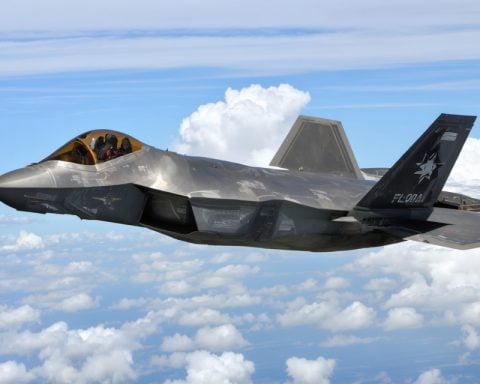In today’s ever-evolving world of photography, the quest for the best DSLR camera remains a hot topic for enthusiasts and professionals alike. While mirrorless cameras have gained popularity, DSLRs maintain their place as a favorite among photographers for their reliability and image quality.
The debate over the best DSLR is nuanced, but one name consistently emerges: the Canon EOS 5D Mark IV. Renowned for its versatility, the Canon EOS 5D Mark IV combines a 30.4-megapixel full-frame sensor with a robust autofocus system, making it ideal for various photography styles, from portrait to landscape. Its ability to perform exceptionally well in low-light conditions and record high-quality 4K video adds to its appeal.
Though Canon has its champions, the Nikon D850 is another heavyweight contender in the DSLR realm, often hailed for its resolution and dynamic range. With a stunning 45.7-megapixel sensor and an excellent autofocus system, it’s a favorite among wildlife and sports photographers who demand sharpness and speed.
When considering the best DSLR, it’s not just about megapixels and autofocus speeds. Ergonomics and lens compatibility also play critical roles in making the right choice. Both Canon and Nikon offer extensive lens libraries, catering to virtually every photographic need.
Ultimately, the best DSLR camera is one that aligns with your personal photography goals and budget. Whether you choose the Canon EOS 5D Mark IV, the Nikon D850, or another model, be assured that investing in a DSLR camera is a step towards capturing the world in stunning detail.
The DSLR Showdown: Unveiling Tech Surprises and Hidden Gems
The world of DSLR cameras is filled with powerful innovations that continue to impact both photography and technology sectors. Beyond the well-known Canon EOS 5D Mark IV and Nikon D850, a lesser-known star offering unique features is the Pentax K-1 Mark II.
Why should photographers take notice of the Pentax K-1 Mark II? This camera distinguishes itself with its robust weather sealing, making it ideal for adventurers shooting in challenging conditions. The camera’s 36.4-megapixel full-frame sensor and Pixel Shift Resolution System elevate image detail by capturing color data for each pixel, thus minimizing noise and enhancing clarity.
Despite these advantages, the Pentax K-1 Mark II struggles in the autofocus department, which may not satisfy sports and action photographers. Its slower burst rate also challenges efficiency in fast-paced environments.
Besides individual features, the broader implications of choosing the right DSLR extend into developing humanity and technology. As DSLRs evolve, they inspire advancements in image processing technologies broadly applicable beyond photography, such as in medical imaging and industrial applications.
Can’t decide on the perfect DSLR? Consider what innovations fit your personal or professional needs. Is weather resistance crucial? Does high-speed autofocus matter more? Or are cutting-edge features like Pixel Shift essential for your work? If ergonomic design and user interface are priorities, spend time handling different models in a store.
For further guidance, check out camera brand websites like Canon and Nikon for comprehensive insights on the relentless evolution of photography technology. The best DSLR is a personal tool—one that not only enhances your skillset but also propels your creative vision.







